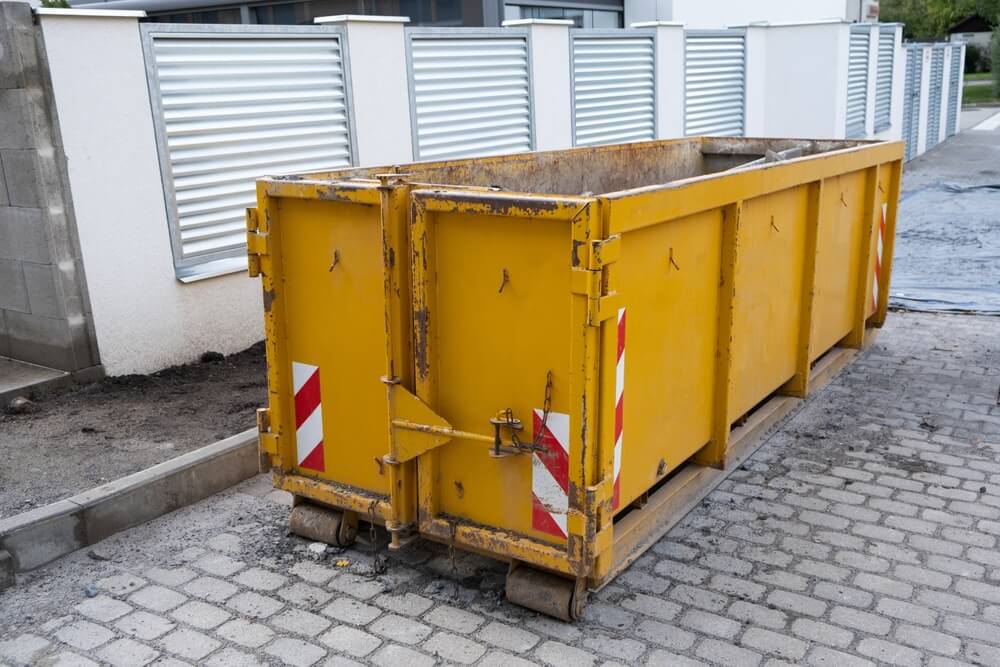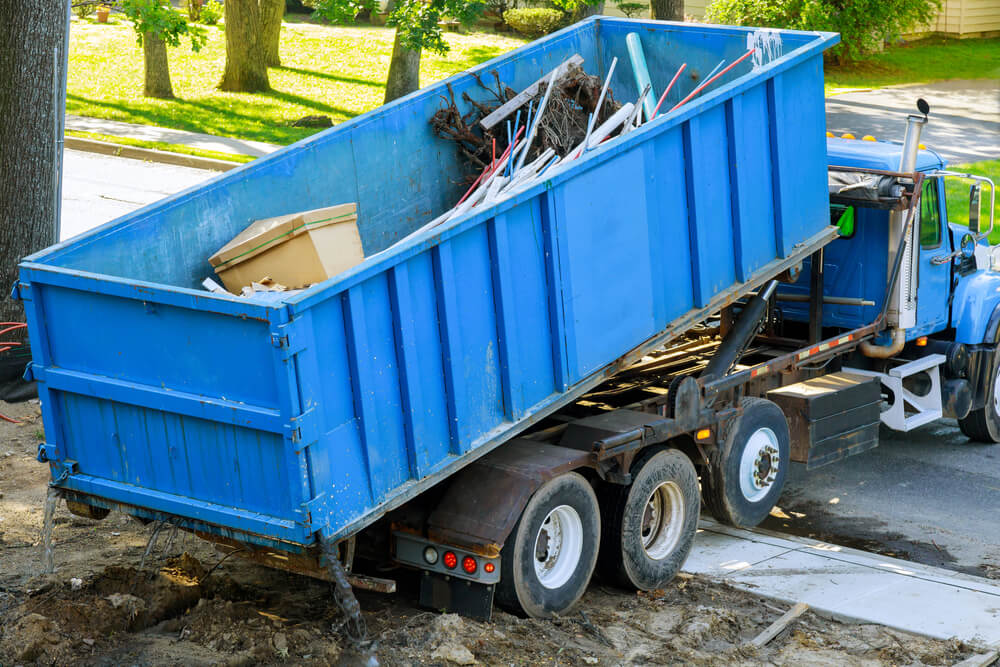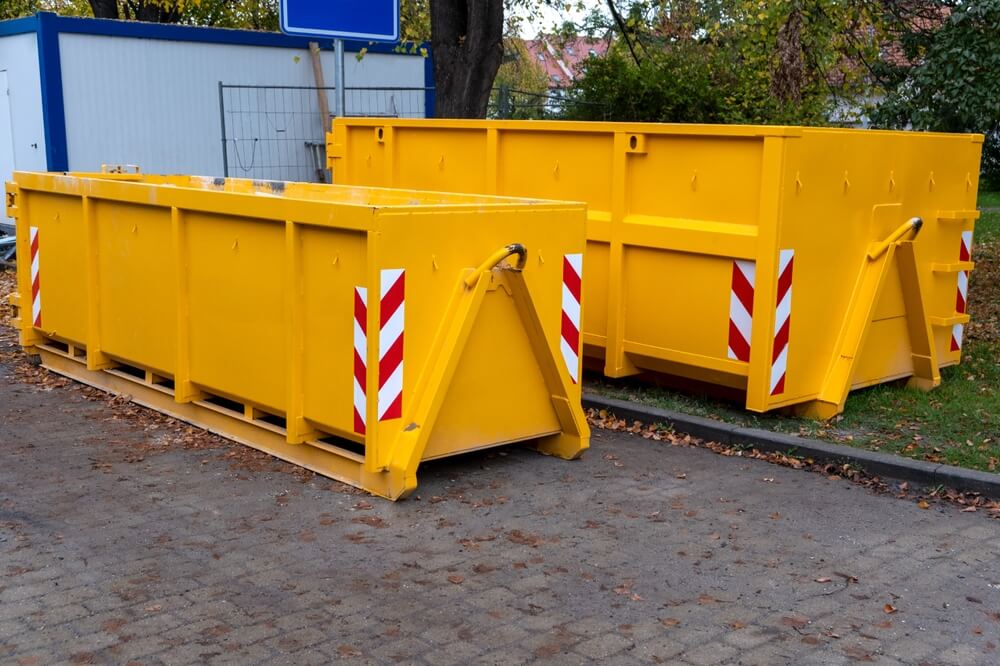Choosing the right dumpster size is a crucial aspect of waste management, whether you’re an event organizer, a business professional, or an individual embarking on a major clean-up project. The right dumpster size can make the difference between a smooth, efficient operation and a frustrating, costly one. It’s not just about the volume of waste, but also the type of waste, the space available for the dumpster, and the regulations in your area.
There’s a wide range of dumpster sizes available, each designed for specific types of tasks. From small home cleanouts to large construction projects, there is a dumpster size that is just right for your needs. But with so many options, it can be challenging to know which size is the best fit for your project, so contacting a Dumpster Rental Service would be a good place to start.
This guide aims to demystify the process of choosing a dumpster size. We’ll delve into the details of common dumpster measurements, typical waste container sizes, and standard dumpster dimensions. We’ll also touch on the average trash bin capacity and the usual garbage bin size, providing you with a comprehensive understanding of your options.
By the end of this guide, you will be equipped with the knowledge to make an informed decision about the dumpster size that is right for you.
Detailed Discussion on Common Dumpster Sizes

Smaller Sizes: Benefits and Ideal Usage Scenarios
Smaller dumpsters, often referred to as mini dumpsters, typically range from 10 to 20 cubic yards in capacity. These dumpsters are ideal for smaller projects such as:
- home cleanouts,
- minor renovations,
- small landscaping jobs.
The standard dumpster dimensions for these sizes make them easy to place in driveways or other compact spaces.
The average trash bin capacity of these smaller dumpsters is sufficient for the disposal of waste from projects such as a single-room renovation or a garage cleanout. Their typical waste container size is designed to handle the equivalent of three to six pickup truck loads of debris. This makes them a cost-effective and convenient solution for smaller-scale waste disposal needs.
Larger Sizes: Advantages and Preferred Applications
For larger projects, dumpsters ranging from 30 to 40 cubic yards are often the preferred choice. These dumpsters have the common dumpster measurements that are suitable for construction sites, major home renovations, or large event cleanups. Their usual garbage bin size can accommodate a significant amount of waste, making them an efficient choice for projects that generate a large volume of debris.
The average roll-off dumpster size in this category can handle the equivalent of twelve to sixteen pickup truck loads of waste. This makes them ideal for larger projects such as whole-house cleanouts, major construction or demolition projects, or large events. The standard waste bin dimensions of these dumpsters allow for the disposal of larger items, including furniture and appliances.
Regardless of the size, it’s important to remember that dumpsters should never be filled beyond their maximum fill line. Overfilling a dumpster can lead to additional fees and can be unsafe during transport. Always consider the volume and type of waste when choosing a dumpster size to ensure efficient and safe waste disposal.
Factors Influencing the Choice of Dumpster Size
Nature of Waste: How the Type and Quantity of Garbage Can Determine Dumpster Size
The nature of the waste you are dealing with plays a significant role in determining the appropriate dumpster size. Different types of waste can drastically affect the average trash bin capacity needed. For instance, a small home cleanout might only require a 10-yard dumpster, while a construction project could necessitate a 40-yard dumpster due to the volume and weight of the debris.
It is also important to consider the type of waste. Some materials may be bulkier or heavier than others, affecting the typical dumpster volume needed. For example, yard waste and household junk may not weigh much but can take up a lot of space, requiring a larger dumpster.
On the other hand, heavy materials like concrete or roofing shingles can quickly reach the weight limit of a dumpster, even if they don’t fill it volume-wise. In such cases, you might need a dumpster with a higher weight capacity rather than a larger volume.
Location: How Spatial Constraints and Local Regulations Can Affect Your Choice
Another crucial factor to consider when choosing a dumpster size is the location. The available space for dumpster placement can limit your options. For instance, if you’re working on a project in a densely populated urban area with limited space, you might need to opt for a smaller dumpster size, even if your project generates a large amount of waste. In such cases, scheduling multiple pickups might be a more feasible solution.
Local regulations can also influence your choice of dumpster size. Some cities or municipalities have restrictions on the size of dumpsters that can be placed in certain areas or require permits for larger dumpsters. It’s essential to check with local authorities or a reliable waste management company to understand these regulations before making a decision.
Choosing the right dumpster size is a balance between the nature of your waste, the available space, and local regulations. By considering all these factors, you can select the dumpster size that best fits your needs and ensures efficient and compliant waste disposal.
Ensuring Optimal Choice and Usage of Dumpsters

The Importance of Estimating Waste Volume Accurately to Select Appropriate Size
Accurately estimating the volume of waste your project will generate is crucial to selecting the appropriate dumpster size. An underestimation can lead to overfilling, which is not only unsafe but can also result in additional fees. Conversely, overestimating can lead to unnecessary costs for a larger dumpster that you don’t fully utilize.
When estimating waste volume, consider both the quantity and the nature of the waste. As discussed earlier, different types of waste can affect the typical dumpster volume needed. For instance, bulky items might take up more space, while heavy materials might reach the weight limit before the dumpster is full. A good rule of thumb is to choose a dumpster size that provides a little extra space than your estimate to account for unexpected waste.
Tips for Maximizing Capacity and Avoiding Overfilling
Once you have chosen the right dumpster size, it’s important to use it efficiently to maximize its capacity and avoid overfilling. Here are a few tips to help you get the most out of your dumpster:
First, load the dumpster evenly. Distribute the weight of the waste evenly throughout the dumpster to prevent it from tipping over. This also helps you utilize the full capacity of the dumpster.
Second, break down large items if possible. Disassembling furniture or breaking down large pieces of debris can help you fit more into the dumpster and utilize its full volume.
Finally, be mindful of the fill line. Most dumpsters have a maximum fill line to indicate the highest point that waste should be loaded. Overfilling a dumpster can be unsafe and can result in additional fees. Always keep the level of waste below this line to ensure safe and compliant waste disposal.
By accurately estimating your waste volume and using your dumpster efficiently, you can ensure optimal usage and avoid unnecessary costs or safety issues.
Choosing the Right Dumpster Size: Simplifying Waste Management
Choosing the correct dumpster size is a critical step in simplifying the waste management process. Whether you’re an event organizer, a business professional, or an individual embarking on a major clean-up project, the right dumpster size can significantly streamline your operations.
It is not just about the volume of waste, but also the type of waste, the space available for the dumpster, and the regulations in your area. By considering all these factors, you can select the dumpster size that best fits your needs and ensures efficient and compliant waste disposal.
However, the process of selecting the right dumpster size can be complex, especially if you’re dealing with a large volume of waste or a variety of waste types. In such cases, it can be beneficial to seek professional help.
Waste management professionals have the knowledge and experience to provide advice on dumpster size selection based on your specific needs. They can help you accurately estimate your waste volume, understand local regulations, and choose the most cost-effective and environmentally responsible solution.
Remember, effective waste management is not just about getting rid of waste. It is about doing so in a way that is efficient, cost-effective, and environmentally responsible.
By choosing the right dumpster size and using it efficiently, you can contribute to a cleaner, greener environment while simplifying your waste management process. Contact us today and let us help you with choosing the right dumper size for your specific needs!

